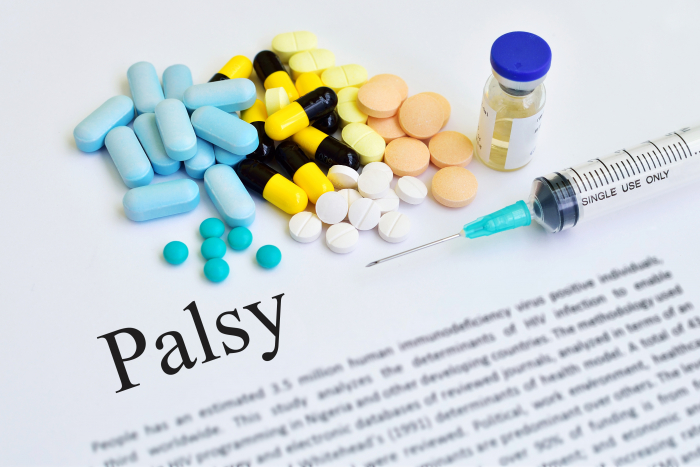Posted: July 22, 2016
Cerebral Palsy (“CP”) is a diagnosis provided by a neurologist or medical professional based upon medical tests (including an MRI) that reveals a brain injury or malformation occurred during fetal development, delivery or shortly after birth. In some instances, this can be due to genetic elements that simply result in the child’s brain not developing properly. These, like other instances of CP, are examples of unavoidable circumstances parents should not be blamed for. However, there are non-genetic causes of Cerebral Palsy we want to point out to expand awareness; far too many parents are blamed or feel responsible for their child’s lifelong condition that should not.
Non-Genetic Causes of Cerebral Palsy
The following are a collection of the more common, non-genetic causes of CP in children. While there may be a number of more unique or non-obvious ways in which a child can suffer a brain injury resulting in Cerebral Palsy, these are causes that families, tragically, encounter which result in a diagnosis of CP for their child:
- Infection. There are a variety of infections that can result in the brain injury resulting in CP. This can include instances during pregnancy, but also while your child is in the NICU, or even daycare. A case of meningitis can tragically cause an injury leading to the diagnosis of Cerebral Palsy in a child.
- Poisoning (lead, caustic substances, gases, etc.). Environmental contaminants can significantly impact the health of any person, much less the elderly or a child. Lead poisoning, recently brought to national attention due to the Flint water crisis, is just one of several ways in which a child can suffer developmental and intellectual delays due to poisoning over time (or in a traumatic event). We would include environmental problems like lead paint chips, mercury exposure and more to this idea; a child’s early life can be exposed to numerous unknown forces that inhibit their physical and cognitive development.
- Physical trauma (injury to the head, physical abuse to pregnant mother or to the child). Needless to say, a child’s skull is vulnerable to harm, whether during pregnancy, during delivery or after. There are instances where CP is diagnosed in a child due to a tragedy like a bookshelf or other heavy object falling upon a child’s head. As Cerebral Palsy is an umbrella term for a diagnosis associated with brain damage, you can understand how physical trauma can be tied to the condition.
- Medical Technique (improper use of forceps or vacuum, delayed delivery, improper medications, etc.). Unfortunately a doctor, nurse, midwife, doula, etc., can play a part in a child’s brain injury. Failure to recognize red flags associated with a complicated pregnancy or delivery is problematic due to missed opportunities to resolve problems and preserve a child’s long-term health. Any parent of a child with a condition like Cerebral Palsy should look into their delivery to better understand it, while also preserving their child’s rights to different forms of assistance.
- Asphyxia in early childhood. Tragically there are a number of events that can occur that can limit your child’s access to oxygen. Just as extreme contractions or a compressed umbilical cord can prevent blood or oxygen to get to your child’s brain during pregnancy or delivery, resulting in brain damage, so too can an accident involving furniture, gas leak, drowning event and more result in brain damage and CP. We don’t open these potential events up for discussion to worry parents but, instead, to inform our large community that some parents face a Cerebral Palsy diagnosis for their child well after a delivery date and are facing a different tragedy, but with the same challenges.
No matter what caused your child’s Cerebral Palsy, our organization is here to help! Fill out our online form or call our MyChild team Monday through Friday, 9 AM to 5 PM EST, to find out what free resources we have to help!






